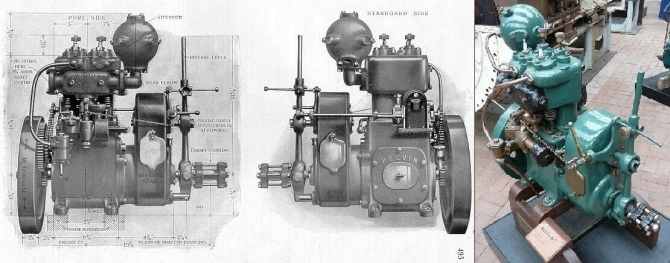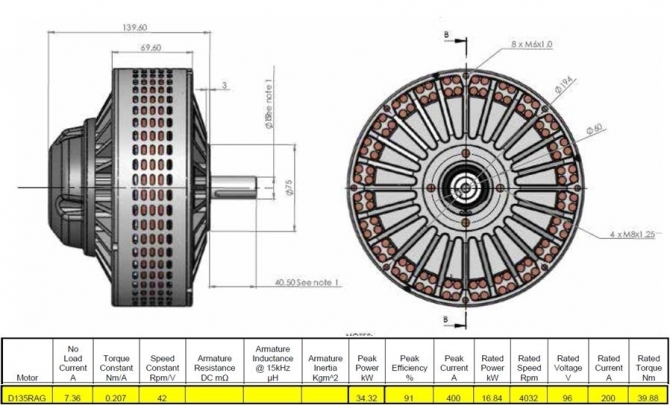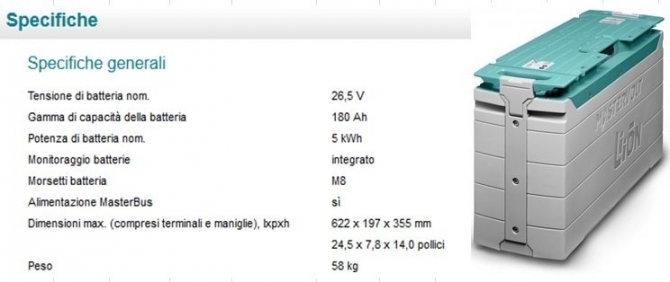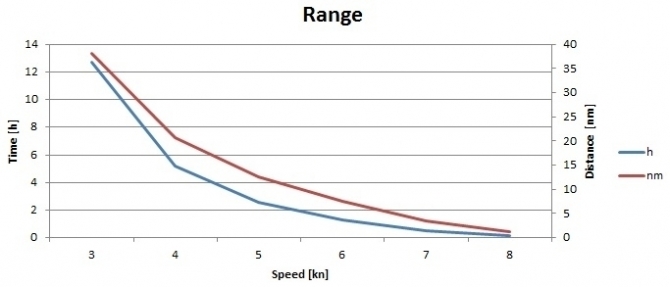Gometra1925
- The Gold Ship - Design N° 308 by Alfred Mylne
Auxiliary Propulsion
Original Propulsion
Gometra was born already in 1925 with an auxiliary motor. On the Lloyd's Register is indicated a twin engine paraffin with 3 1/2'' bore and 4 3/4'' stroke made by The Bergius Co. Ltd. The company was founded in early 900 as automotive industry but shortly after it converted in marine engines. It was the time of conversion in internal combustion engines of all fishing boats until then sail or steam, roaring! The company made a few small size models that worked and then converted into petrol-paraffin as in this case. Today what remains of the company is called Kelvin Diesel and still makes marine engines of discrete power.
After some research it was concluded that the model was originally installed on Gometra was the Kelvin Poppet Valve Model 6/7, that is an engine that would today be called bi-fuel, as it was a simple paraffin which needed, however, a petrol starting to bring it to the required temperature.
- Cylinders: 2
- Displacement: 1498 cm^3
- Bore: 3 1/2"
- Stroke: 4 3/4"
- Weight: 585 lb (265,35 kg)
- Dimensions (length x width x height): 30"x20"x30" (76,2x50,8x76,2 cm)
- Power: 6hp paraffin, 7hp petrol.

Electric Propulsion
At the time of its discovery Gometra had a Yanmar diesel engine of 35 HP that appeared in poor condition and after a check turned out now useless for the purpose. It was then that flashed the idea of giving Gometra an innovative drive that would include an electrical solution for a clean mode navigation.
It was the now distant 2008, and hybrid technologies were beginning to have some weight in the field of automotive, but the marine solutions espetially for small dimension were still very rudimentary and not especially suitable for installation on a vintage sailing vessel. Then came the idea of relying on a fully electric propulsion with the full knowledge that this choice would have imposed necessarily a loyal return to the adjective "auxiliary". The engine, whatever it was, would then served in the maneuvers and to make short trips, certainly not for long cruises as it tends to do more and more in modern yachting.
The choice fell on a DC motor for the simplicity of the supply system and reduced power requirements. Other evaluation criteria were the lightness and dimesioni reduced to fit the internal geometry of Gometra's hull. All this led to the identification of the motor L-200 D135 RAG Lynch Motor Company Ltd of which are annexed the design and specifications.

Energy storage
Once taken the road of electric propulsion it was chosen not to make use of an endothermic generator to produce the energy, this in order to keep the system fully carbon-free and because such a solution would partially undermined efforts to weight reduction and noise.
To power the electric motor was decided to rely solely on energy be stored in a bank of batteries. However for the power supply of the electric motor is required a power source more consistent than what is normally installed on pleasure craft, for reasons of energy density, the overall dimensions and weight, lithium technology was the only possibile choice. The product currently most advanced in this field for marine applications has proved to be lithium-ion battery line from Mastervolt.
The selected engine requires a power supply of 72 Volts, therefore, the chosen solution, compatible for dimensions and capacity, is to install three batteries Mastervolt MLI Ultra 24/5000 in series.

Energy generation
To keep the system as much as possible to zero emissions has been decided not to equip Gometra an endothermic generator to recharge the battery bank, we will refer exclusively to renewable energy generated on board or to the electricity grid in the dock. In particular the sources of energy generation will be:
- Wind Generator SILENTWIND
- Solar panels
- Generation by trailing propeller while sailing

Range
According to some theoretical calculations on the hull resistance and on the operating curve of the propeller it has been possible to derive the required motor power. Considering a 80% depth of discharge of the batteries and an additional margin of 20% on the required power, prudently chose to include inaccuracies calculation and losses that can not be quantified, it was possible to obtain a reliable estimate autonomy that Gometra will have.
The results obtained are presented in the graph below in terms of hours and miles of navigation in function of the cruising speed.
